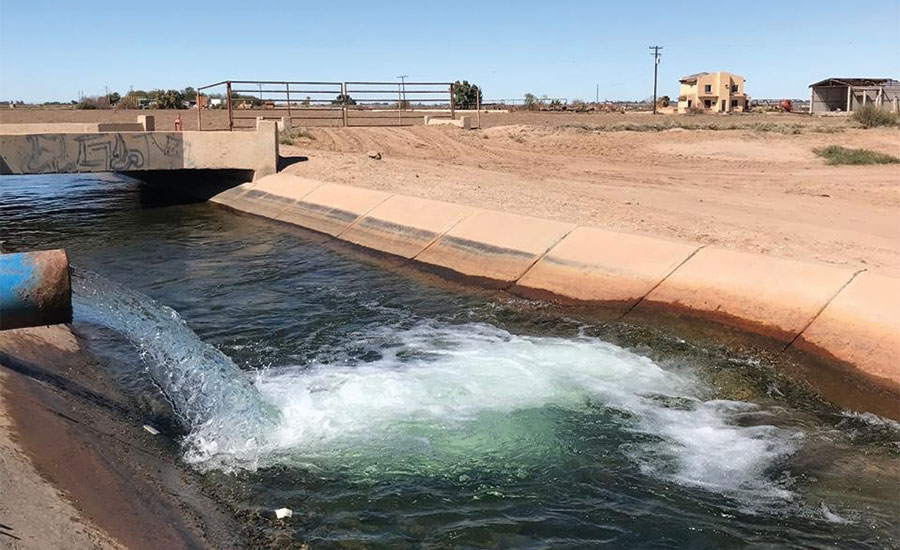



Article by: Hari Yellina
The majority of the planet’s water is out of sight and out of mind. If it weren’t for the water flowing below our feet, many Australians would go thirsty, wreaking havoc on the country’s agricultural production. Scientists from all across the world have emphasised the importance of groundwater. They remind out that for the great majority of Australia, “invisible” underground water is often the only source of water. It is projected that it contributes more than $6.8 billion to the nation’s economic riches each year. Water crises have resulted from overuse of groundwater during droughts and aquifer depletion, according to the scientists, including in Australia’s “food bowl,” the Murray-Darling Basin.
Experts have already looked into comparable abuse of groundwater in California and Cape Town, South Africa. Groundwater management, according to the scientists, is mostly reactive and unlikely to prevent further catastrophes as climate change and population demands increase. Why are these critical resources poorly managed and misunderstood, according to a recent UN report on water development? Globally, there’s a need to manage freshwater supplies is growing by the day, with a UN assessment warning that significant swaths of densely inhabited and other arid and semi-arid countries would suffer severe shortages if additional groundwater controls are not enacted.
According to a 2009 World Resources Group estimate, if things continue as they are, the world will face a 40% water shortfall by 2030. Experts have already looked into comparable abuse of groundwater in California and Cape Town, South Africa. Groundwater management, according to the scientists, is mostly reactive and unlikely to prevent further catastrophes as climate change and population demands increase. Why are these critical resources poorly managed and misunderstood, according to a recent UN report on water development? Globally, there’s a need to manage freshwater supplies is growing by the day, with a UN assessment warning that significant swaths of densely inhabited and other arid and semi-arid countries would suffer severe shortages if additional groundwater controls are not enacted.
According to a 2009 World Resources Group estimate, if things continue as they are, the world will face a 40% water shortfall by 2030. Professor Craig Simmons of Flinders University, a main contributor to the UN research, said, “Groundwater makes up practically all of the available freshwater on our planet: 97 percent of fresh water on earth rests in the ground beneath our feet.” Groundwater is frequently used by mining and industry, and supplies half of the world’s drinking water and 43% of the water used to grow food.
Prof. Simmons believes that instances of commercial interests, such as irrigators, collaborating with local people on groundwater management and protection, are needed to conserve valuable groundwater resources. As an example, he offered the Angus Bremer irrigation basin in South Australia, which is known as Australia’s driest state. He claims that the district’s collaborative action provides guidance for future management and potential government reforms. The Murray-Darling Irrigation District is located at the lower end of the complicated and fragile Murray-Darling River system. Additionally, the Angas Bremer area, which is at the bottom of the basin, has little power over upstream water management decisions, but it has been working on co-management plans for more than 50 years.
According to Prof Simmons, new scholarly research on the Angas Bremer looked at the joint local economic, social, and environmental decisions that helped produce a valuable example of groundwater management for others around the world. “By collaborating with the government department, the local committee developed and implemented innovative water management policies that resulted in an 80% reduction in groundwater extractions, promoted artificial recharge from excess surface water, changed crops for increased profitability while lowering water consumption, and constructed pipelines accessing surface-water sources,” the study concludes.
While central government regulation and funding are crucial, this case study shows how regulators may help local users by allowing them to create their own rules and build confidence among key stakeholders. According to the UN research, groundwater withdrawal rates are increasing, with the agricultural sector taking roughly 69 percent of total volume, 22 percent for home use, and 9 percent for industrial use.